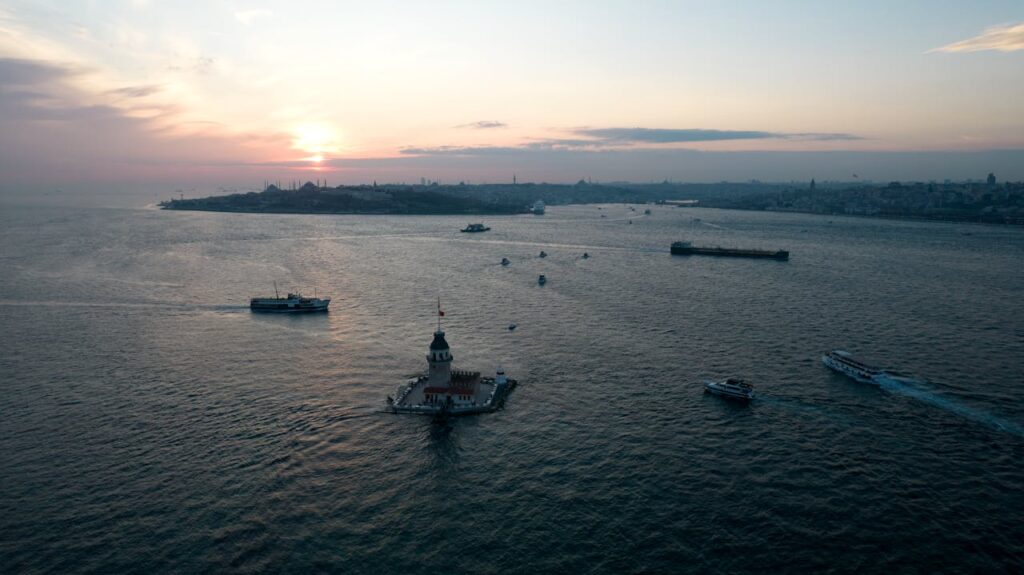Aspect ratio is a term used in photography to describe the proportional relationship between the width and height of an image. It is expressed as a ratio, typically written as two numbers separated by a colon (e.g., 4:3, 16:9), representing the width and height of the image respectively.

Key Concepts of Aspect Ratio
Common Aspect Ratios: There are several common aspect ratios used in photography, each with its own characteristics and applications. Some of the most common aspect ratios include:
- 3:2: This is the aspect ratio used by most DSLR and mirrorless cameras, as well as 35mm film. It is a slightly elongated rectangle that closely resembles the proportions of standard photo prints.
- 4:3: This aspect ratio is commonly used in digital point-and-shoot cameras, as well as Micro Four Thirds cameras. It produces a slightly more square-shaped image compared to the 3:2 ratio.
- 16:9: This widescreen aspect ratio is commonly used in digital video and television formats. It produces a wide, panoramic image that is well-suited for viewing on widescreen displays.
Impact on Composition: Aspect ratio has a significant impact on the composition and framing of an image. Different aspect ratios can emphasize different elements within the frame and affect the overall visual balance and harmony of the composition. For example, a wider aspect ratio may be more suitable for capturing expansive landscapes, while a more square aspect ratio may be better for portraits or close-up shots.
Cropping and Resizing: Aspect ratio also affects how images are cropped and resized for printing or display. When cropping an image, maintaining the original aspect ratio can help preserve the intended composition and framing of the shot. However, resizing an image to fit a specific aspect ratio may require cropping or adding borders to the image to maintain its proportions.

Practical Applications of Aspect Ratio
Prints and Displays: Different aspect ratios are better suited for different types of prints and displays. For example, standard photo prints typically use a 3:2 aspect ratio, while widescreen monitors and TVs use a 16:9 aspect ratio. When selecting aspect ratios for prints or digital displays, consider the intended viewing format and adjust accordingly.
Social Media and Online Sharing: Social media platforms and online photo-sharing sites often have specific aspect ratio requirements for uploaded images. Before posting images online, check the recommended aspect ratio for each platform to ensure that your images are displayed correctly and without any cropping or distortion.
Creative Expression: Aspect ratio can also be used creatively to enhance the visual impact and storytelling of an image. Experimenting with different aspect ratios can lead to unique compositions and perspectives that convey a specific mood or message. For example, using a square aspect ratio may create a more intimate, focused composition, while a panoramic aspect ratio can convey a sense of grandeur and expansiveness.

Conclusion
Aspect ratio is a fundamental aspect of photography that affects the composition, framing, and presentation of images. By understanding the principles of aspect ratio and its practical applications, photographers can effectively control how their images are composed, cropped, and displayed, allowing them to convey their creative vision and tell compelling visual stories.